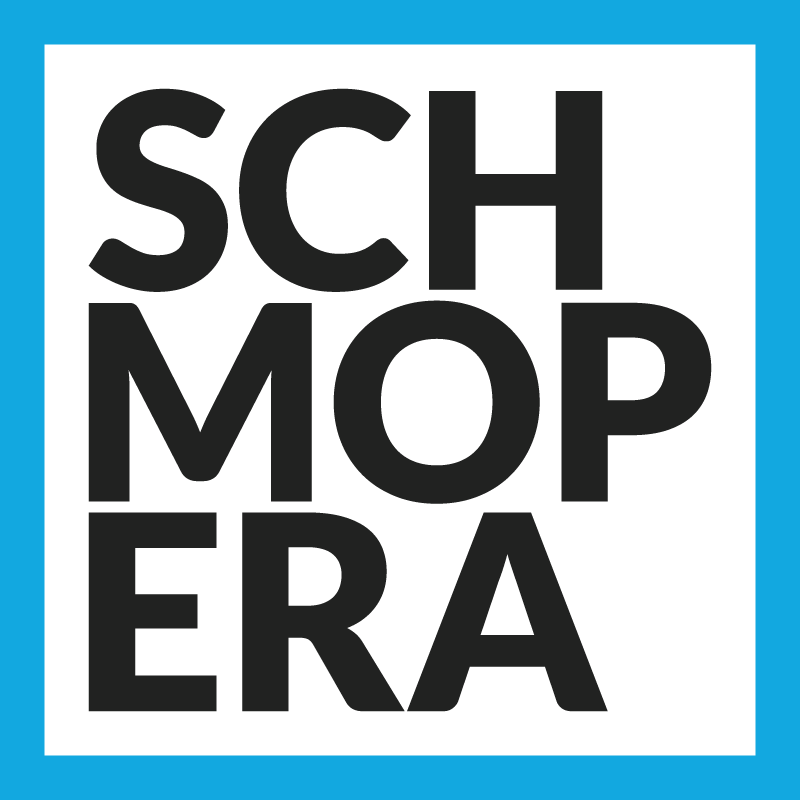SITE-SPECIFIC & INTIMATE: SELECTIONS FROM TÊTE-À-TÊTE: THE OPERA FESTIVAL
Schmopera, Alessia Naccarato, 5th August 2019
“I recently had the pleasure of seeing two pieces in Tête-à-Tête’s Opera Festival line up this summer. Though very different in style and subject matter, they are alike in their re-imagining of the traditional operatic performance space and in their bending of the limitations of the genre (…)
The second piece was composer, librettist, and director Francesca Le Lohe’s Anglo-Japanese The Key, based on the 1956 novella of the same name by author Junichiro Tanizaki which tells a story of a suffering marriage entirely through journal entries. The characters interact indirectly with each other by reading each other’s diaries and as their actions become bolder, they threaten to destroy the marriage entirely.
The site-specific piece was performed in the West Dulwich mid-century home of London architect Angus Shepherd which created the perfect setting for this wonderfully and meticulously crafted piece. Featuring three trios and a solo dancer, each trio was made up of a singer, a western stringed instrument, and a traditional Japanese instrument, namely; shakuhachi (bamboo flute), sho (mouth organ), and shimedaiko (percussion).
Each trio was set up in a different room of the house, but the design was such that sound easily carried over multiple floors and through open windows. The trios performed simultaneously but with music that was independent of each other’s. Often, one trio would swell to a forte while the other faded to silence. The instruments would weave seamlessly in and out of each other, directing the narrative to different rooms of the house. The audience were free to walk from room to room as and when we wanted, creating our own perspective on this story told from multiple angles.
Both pieces challenged the audience in participatory, exploratory ways. Unlike more traditional performances with an audience sitting facing a stage to which all of the action is confined to, the “stage” became the entire performance space whether it be a black box theatre, or someone’s living room, and in this sense, the audience had a large role to play. Participation was a requirement in Visions, as the audience became an integral part of the ritual that was being played out through the piece and therefore, our involvement was also an integral part of the overall mood of the piece. Similarly, in The Key, audience members inadvertently became a part of the performance as we wandered around the space, responding to the performers needs and movements.
The word “intimacy” comes to mind when describing both pieces, and while it is more of a mood obtained in Visions, it is also a strong thematic point in The Key. Large performance spaces can be made to feel intimate if the performers strive to create that particular atmosphere, but this is much more easily achieved with the limited space of a family home that only allows for 20 or so audience members.
Not only was the subject matter particularly intimate, delving into the inner workings of a marriage, but because the piece took place in a home, the sense that the audience was peering into their private lives was all the more prevalent. Visions created this sense of intimacy by transforming a dark, characterless space into a lush and welcoming one that invited the audience to sit freely and comfortably as the performance happened all around us. (…)”
